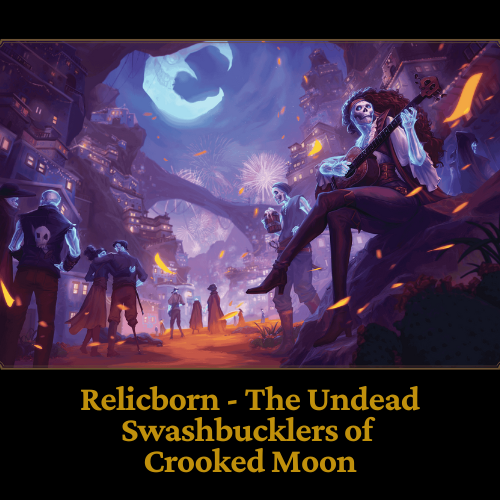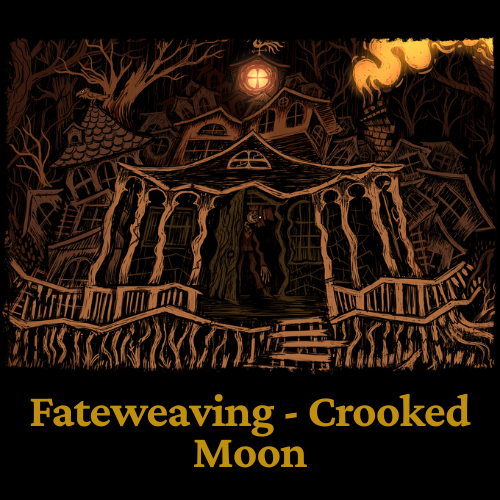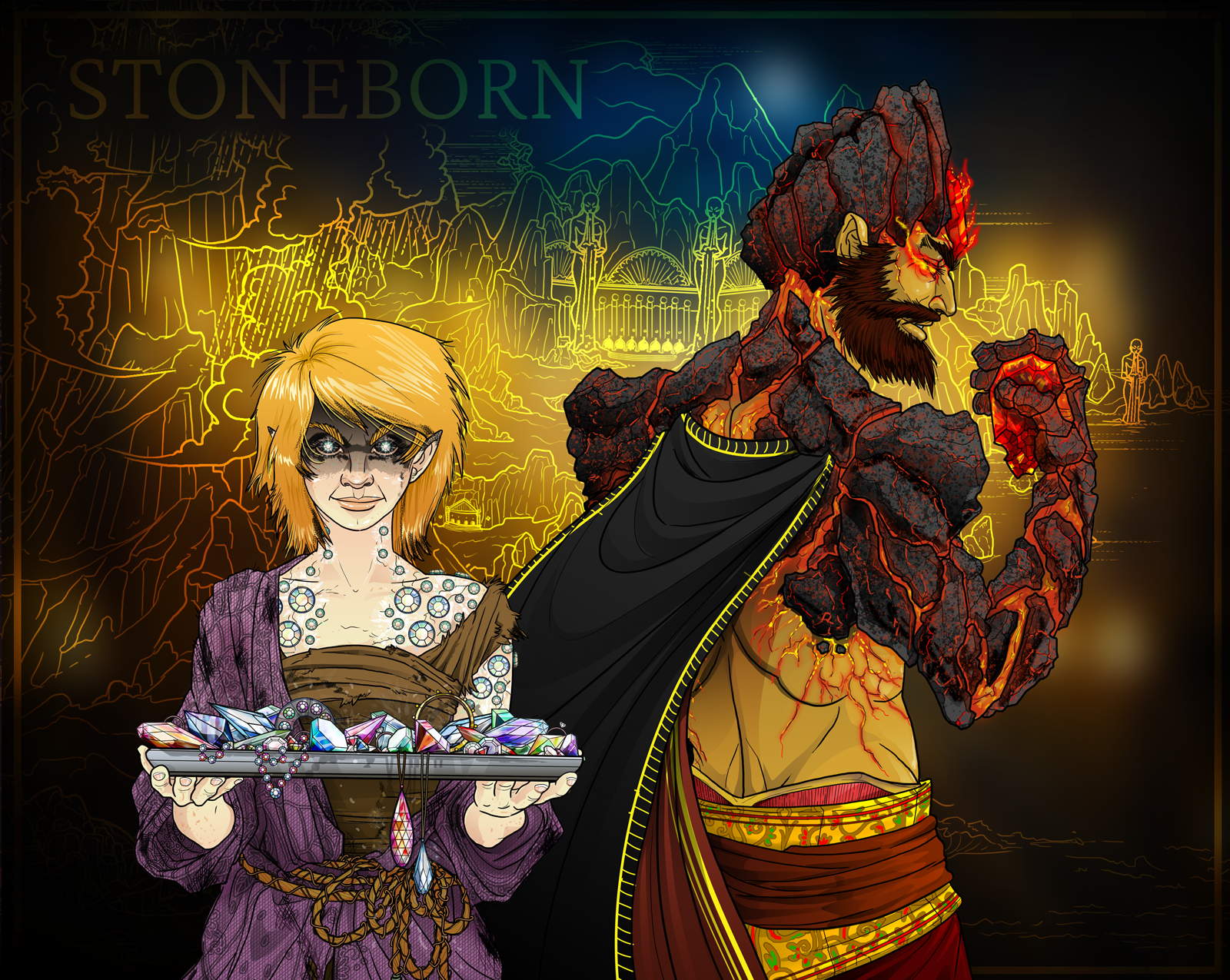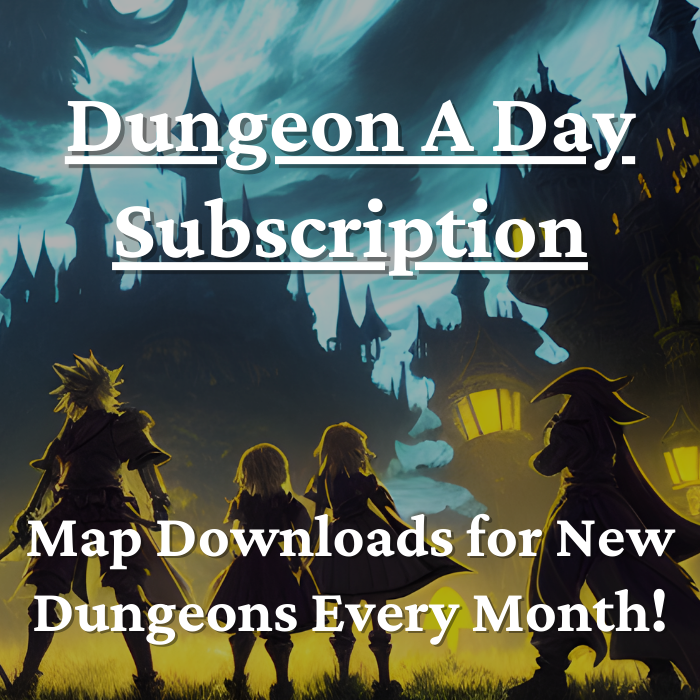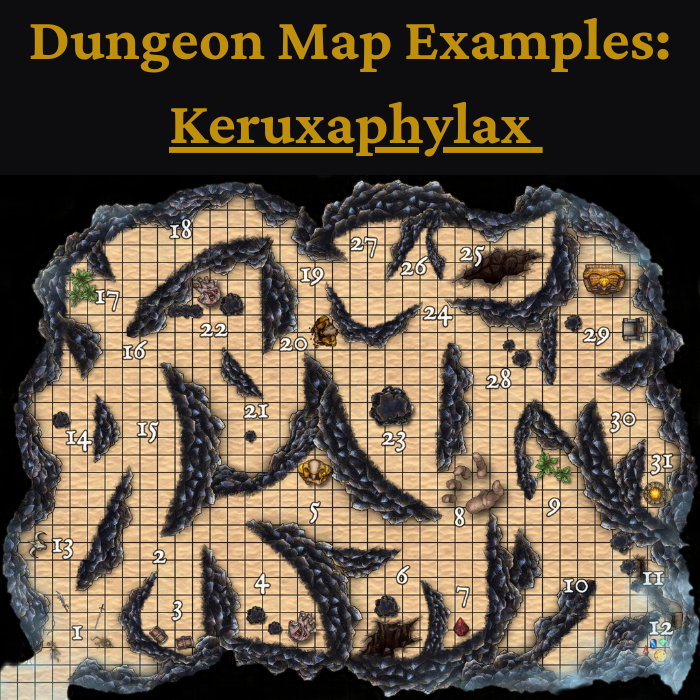Bane 5e - D&D 5th Edition Spell Book

Bane 5e Spell Effects
1st-level enchantment
Casting Time: 1 action
Range: 30 feet
Components: V, S, M (a drop of blood)
Duration: Concentration, up to 1 minute
Up to three creatures of your choice that you can see within range must make Charisma saving throws. Whenever a target that fails this saving throw makes an attack roll or a saving throw before the spell ends, the target must roll a d4 and subtract the number rolled from the attack roll or saving throw.
At Higher Levels. When you cast this spell using a spell slot of 2nd level or higher, you can target one additional creature for each spell slot above 1st.
All information on Bane 5e comes from the D&D 5th edition Player's Handbook.
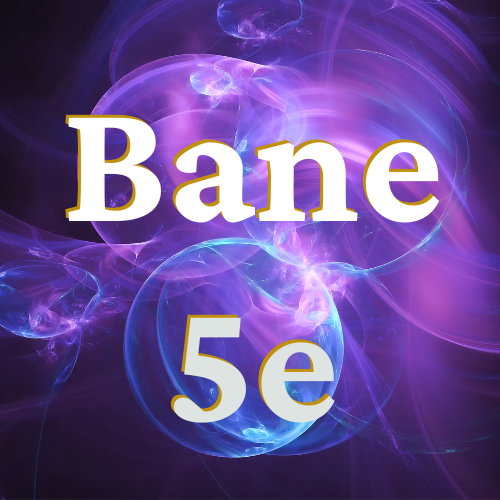
Classes That Can Cast Bane 5e
The following classes may cast Bane 5e as part of their normal class spell availability:
Surprisingly, warlock can't cast Bane 5e, and same with wizard and sorcerer. Bane is not the greatest spell in the world, so it's a bit surprising that other, more attack-based spell casting classes, don't gain access.
Bane 5e Spell Effectiveness
Basically, Bane 5e is the Bless 5e spell, but in reverse. Whereas Bless provides targets with +1d4 on attack rolls and saving throws, Bane 5e - if it hits its targets - does the opposite.
To be very clear, Bless 5e is by far one of the best spells in the game. The extra +1d4 for attack rolls and saving throws may not seem like much, but it does affect three targets from a single cast. Mathematically, it provides an additional 12.5% damage to affected allies, and also reduces the chance that they'll be hit by some spells and effects (those that require saving throws) by 12.5%. It's very good.
Bane 5e has all the potential that Bless has, except that it requires a Charisma saving throw to succeed. Of course, you see where I'm going with this: Bless affects targets 100% of the time, whereas Bane 5e only affects enemies less than 100% of the time. So, say that you only hit 1-2 enemies with Bane 5e - that would mean that your spell cast was only 1/3 - 2/3 as effective as Bless would have been, in the same situation.
So, bottom line is that I have to give Bane 5e a low-tier grade, at least in comparison to Bless.
Bane Usefulness
Even though Bane probably isn't the best overall spell out there, it certainly does have its useful points. Try using Bane in the following situations, to maximize its potential:
- When you're not likely to be attacked, so you can avoid losing spell concentration. The last thing you want after hitting someone with Bane 5e is for the effect to fade due to broken concentration.
- When you or an ally is planning to unleash a very big attack against the enemy, which requires a saving throw. If you can reduce the enemy's chances to avoid an attack, then you can force Bane into playing a very large role, indeed.
- Against three or more targets. At the very least, make sure that you're reducing attack rolls and saving throws for as many creatures as the spell allows for - which is three, with a 1st-level spell slot.
Visit the Eternity TTRPG Store!
Combine Bane 5e with the Following Spells
It's always useful to reduce enemy hit chances against your allies, but I personally find that I get the most value out of Bane when it's used to make a target more susceptible to huge attacks that require a saving throw. Try combining Bane 5e with some of the following spells, for maximum effect.
- Acid Splash 5e: if you're running out of spell slots, you can make even your basic cantrips more powerful by lowering the target's saving throws. Cast Bane on enemies and you'll give yourself more power with acid splash and other direct-damage effects.
- Animal Friendship 5e: if you're facing animal enemies, animal friendship is basically charm person (below) but for beasts.
- Cause Fear 5e: as with all fear effects, cause fear is a great way to mitigate enemy damage. Though you can't cast two concentration spells at the same time, after you cast and concentrate on Bane, an ally could use cause fear.
- Charm Person 5e: similar to cause fear, charm person would require an ally's help, since it's also a concentration spell. Again though, if you can raise your chances of charming an enemy, then Bane will have been well-worth your efforts to cast.
- Hellish Rebuke 5e: though Bane 5e isn't great on its own, the spell becomes outright fantastic when paired with Hellish Rebuke. For a 1st-level spell, Hellish Rebuke packs a very large punch, and giving it more hit chance against enemies is a major plus.
Bane 5e Counters
As mentioned above, since Bane is basically just the opposite of Bless, if you cast Bane on an enemy, they can easily "counter" the effect with Bless. Otherwise, silence 5e is always effective for preventing spell casters from casting spells in the first place. And even spells like spiritual weapon 5e make life difficult for characters concentrating on spells, as the floating weapon can attack (and potentially break spell concentration) every turn.
Bane-Type Spells in Eternity TTRPG
Maybe you're new to the Eternity TTRPG site and haven't yet seen the Eternity TTRPG Game System. In Eternity TTRPG, you can play with multiple game masters (who can each still play their own character), everyone has more say into the game's story and world-building, and combat is often quite tactical.
Below is a sample spell that's similar to Bane 5e so that you can get some insight into how the Eternity TTRPG Game System actually works.
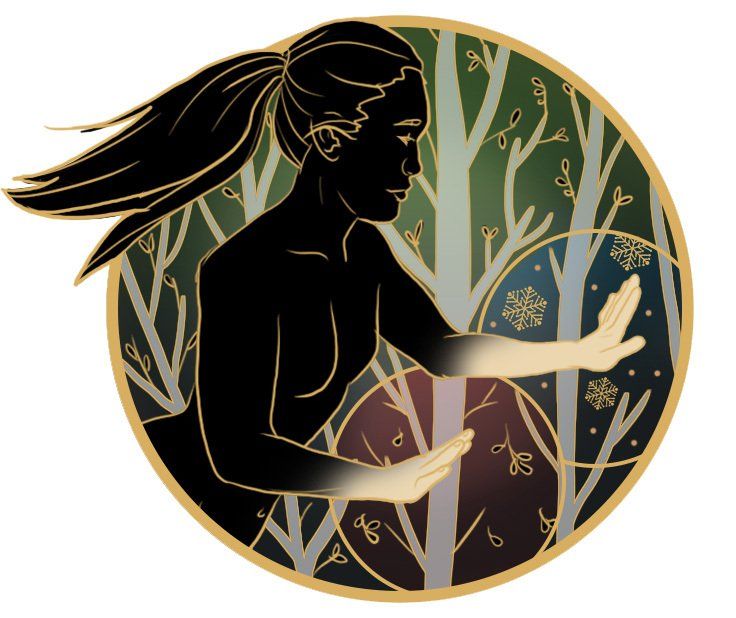
Chaosmancer - Core Class Spell
Eclipse (Magic): up to 3 enemies in 4Range, this spell automatically hits. Affected targets have -1Resilience, -1Dodge, and -1Will (can stack without limit). Lowered Resilience, Dodge, and Will from “Eclipse” cannot be dispelled.
- (Chaos Stream) Instead gives -2Resilience, -2Dodge, and -2Will (can stack without limit).
- (Mirror Star) 8Range. You also have 8Range when casting this spell, for Battle Duration.
- (Celestial Energies) You can still cast this spell while Dazed, Afraid, Locked, or Silenced. You also gain +7Initiative for 1turn.
Though eclipse doesn't reduce target hit chance, it does provide them with lowered defenses. Additionally, eclipse does affect multiple targets at a time, like Bane 5e. One very nice plus about eclipse is that unlike Bane 5e, this spell does not require a hit chance, but automatically takes effect on intended targets.
Curious to learn more? Check out the
Eternity TTRPG Core Game PDF!
Dice, Dungeons, Games & More - Eternity TTRPG
Share This Article

Author - Jacob Tegtman
Dear reader, I hope you enjoyed this article. Tabletop gaming has been a passion of mine since I was 6 years old. I've played just about every game from Dungeons and Dragons to video games like Final Fantasy. These games have inspired me, made me laugh, made me cry, and brought me endless hours of enjoyment.
I started Eternity TTRPG - and the indie tabletop game that goes along with it (Eternity Shop) - to share my love of gaming with others. I believe that in our technology-driven age, tabletop games help bring a sense of magic and community back into our world.
If you love the site, please share it with others! I have lots of gaming-related material for you to peruse and use in your own gaming sessions. If you have any questions about the site or want to contribute, just send me a message using the "Contact" page, which you can find in the site's footer.

